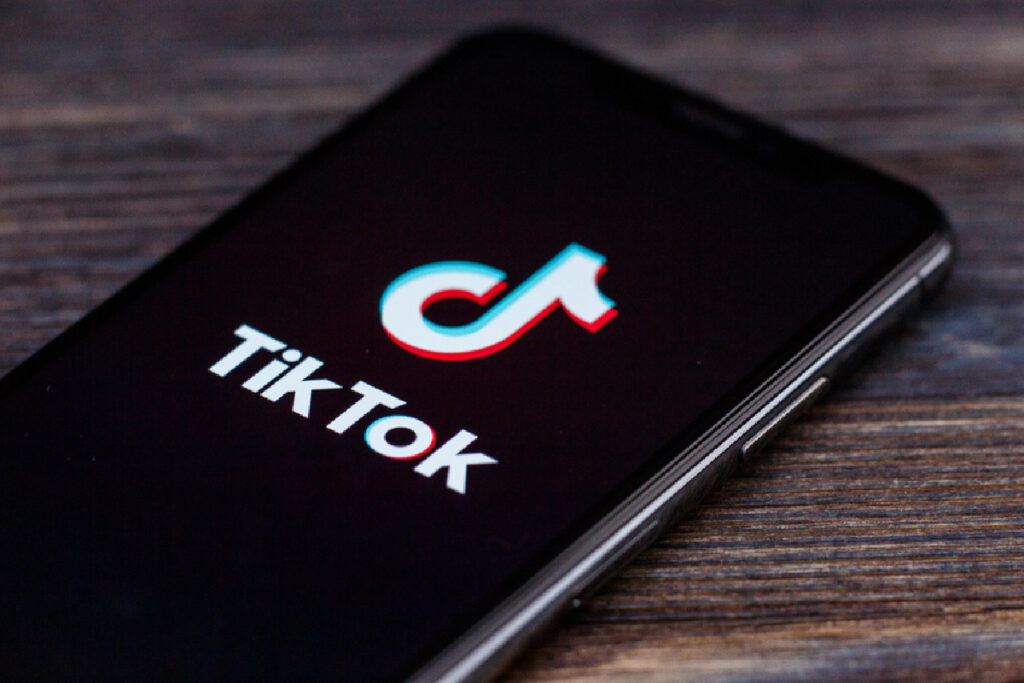Time-strapped and distracted consumers are spending an average 30 seconds or less reading or listening to online marketing communications, leaving brands with a very limited amount of time to catch their attention.
New research has revealed the practice of dual screening – using two or more technology devices with screens simultaneously – has given rise to a new breed of individual popularly known as the ‘distracted consumer.‘
The online survey, which polled over 2,000 UK adults, was conducted by YouGov and commissioned by marketing cloud firm Responsys, and found that these consumers jump from Twitter to online shopping to watching TV which is a creating a problem for brands.
“The premise of a distracted consumer creates an interesting challenge for 21st century brands. Because modern consumers are both more tech-savvy and time-strapped, brands need to look at changing the techniques they are using to engage with customers if they want to be heard above the noise of today‘s modern distractions,” said Simon Robinson, Senior Director of Marketing and Alliances for Responsys EMEA.
He said marketing has been forced to evolve beyond traditional batch-and-blast tactics.
“As consumers receive masses of information across a variety of touchpoints, the solution for brands is to build targeted content sent through the right channel, at the right time. A volume-driven, one-size-fits-all approach will no longer get the desired result. In order to remain top-of-mind, brands need to create personalised, relevant and interesting experiences which build engagement and create true dialogue with customers,” he said.
The research found that 50 per cent of consumers spend on average between 5 – 30 seconds on incoming marketing emails and 32 per cent spend the same amount of time on marketing texts. But incoming social posts from brands are less likely to be read; 27 per cent of consumers spend 5 – 30 seconds reading tweets, Facebook posts or content posted on other social channels.
‘Dual screening‘ is becoming an increasingly prevalent habit for today‘s modern consumer, with 44 per cent of those polled engaging in the practice at least once a week. 25-34 year-olds are the age group most likely to dual screen, with 26 per cent of individuals in this age bracket admitting to doing this every day. Unsurprisingly, the older the consumer, the less likely they are to dual screen – 64 per cent of 55+ year-olds stated they have never participated in this modern habit.
Retail association IMRG Capgemini said earlier this year that dual screening will be fundamental of how retail will change as customers‘ desires alter.
When it comes to the various communication channels being used by brands, consumers are less likely to spend time reading text messages than social posts or emails from brands. 38 per cent of consumers stated that they do not pay attention to any marketing communication sent via SMS. 33 per cent of consumers ignore social media updates and 16 per cent of consumers do not read marketing emails.
The research found 70 per cent of consumers are ‘very unlikely‘ to purchase items through Pinterest or LinkedIn, if this feature ever became available.

















